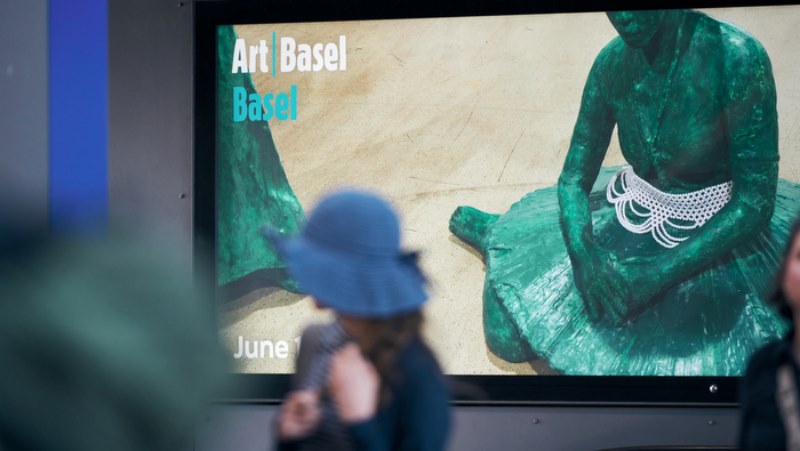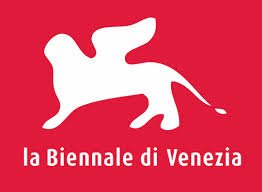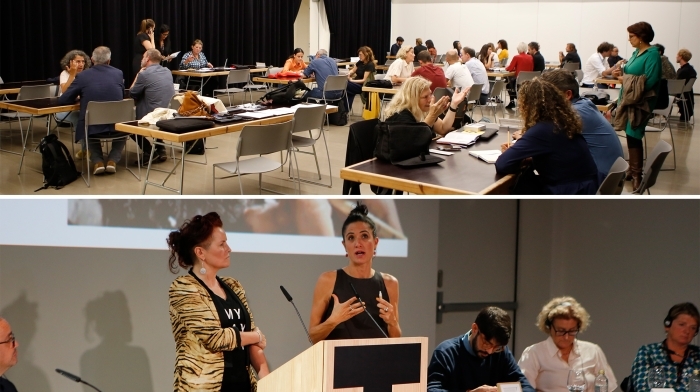Cuba will present works of great intelligence and poetry at the 56th Venice Biennale, Italy, as affirmed Rubén del Valle, president of the National Council of Visual Arts.
The selected pieces bet to intelligence, to art as a space of resistance, to face the market dictates, to face the simplicity that abounds in this sphere at a world level, to face the lack of content, commented the officer.
For Del Valle, Cuban curatorial proposals in the two previous two Venice´s editions and the next one, have the same perspective as Havana Biennial´s, which was born as an alternative to the European one, organized by countries and according to the purchasing power.
Curatorial concepts Jorge Fernández defends up to now maintain the best Havana Biennial traditions while selecting avant garde, experimental artists, regardless their age, that value intelligence and poetry.
Fort he Cuban pavilion in Venice, Fernández, director of the Wifredo Lam Contemporary Arts Center, selected a group of works that shows the relationship of the artist among individuality and context.
From May 8, Cuba´s representation to the oldest of the Biennials will include Gretel Rasúa with De la permanencia y otras necesidades, Luis Gómez with La Revolución somos nosotros, Celia and Yunior with Apuntes en hielo and Susana Pilar with Dominio Inmaterial, a digital art creation.
After a long time thinking about the links between life and art, Fernández considers it is very important to find the artist, his energy and decisive subjectivity questioning critical consciousness and making us see what is difficult for some people to find.
Rasúa´s work, licking a cactus plant, something she can´t do constantly or every day, is based on audiovisual technologies that help to recreate this performance that illustrates a dialogue between the being and painful matters.
In some way, we should face life roughness and in the best possible mood, otherwise they grow, recommended the young artist and professor of San Alejandro National Academy of Visual Arts, who does this with apparent pleasure.
On his part, Gómez approaches power relationships established in art, not in the artistic production, but around the artist and his works, how someone is recognized and someone else decides how and what is art and denounces economic differences among creators.
I don’t have enough money to match the level of other European artists, but I have my cards and I´m waiting for you, he exclaims after explaining the essence of the piece he will be presenting in Venice are his half a million visual art presentation cards.
Related Publications
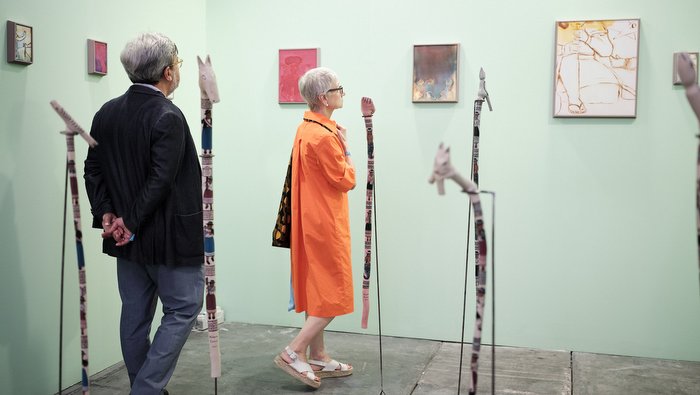
Apply now to Swab Barcelona
April 22, 2024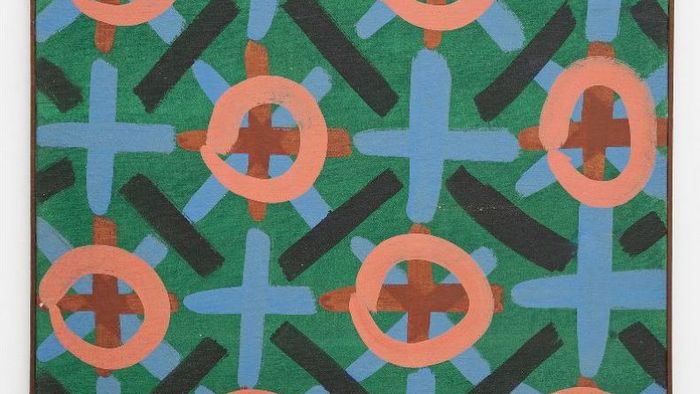
Waldemar Cordeiro: La Biennale di Venezia
April 16, 2024